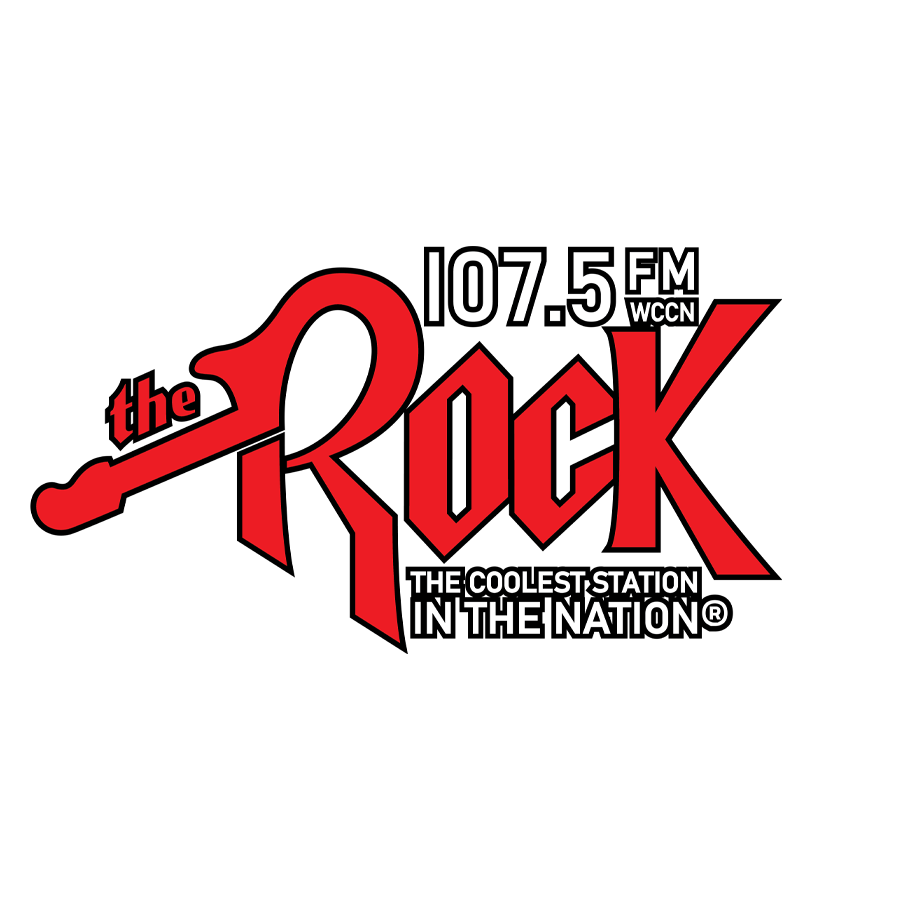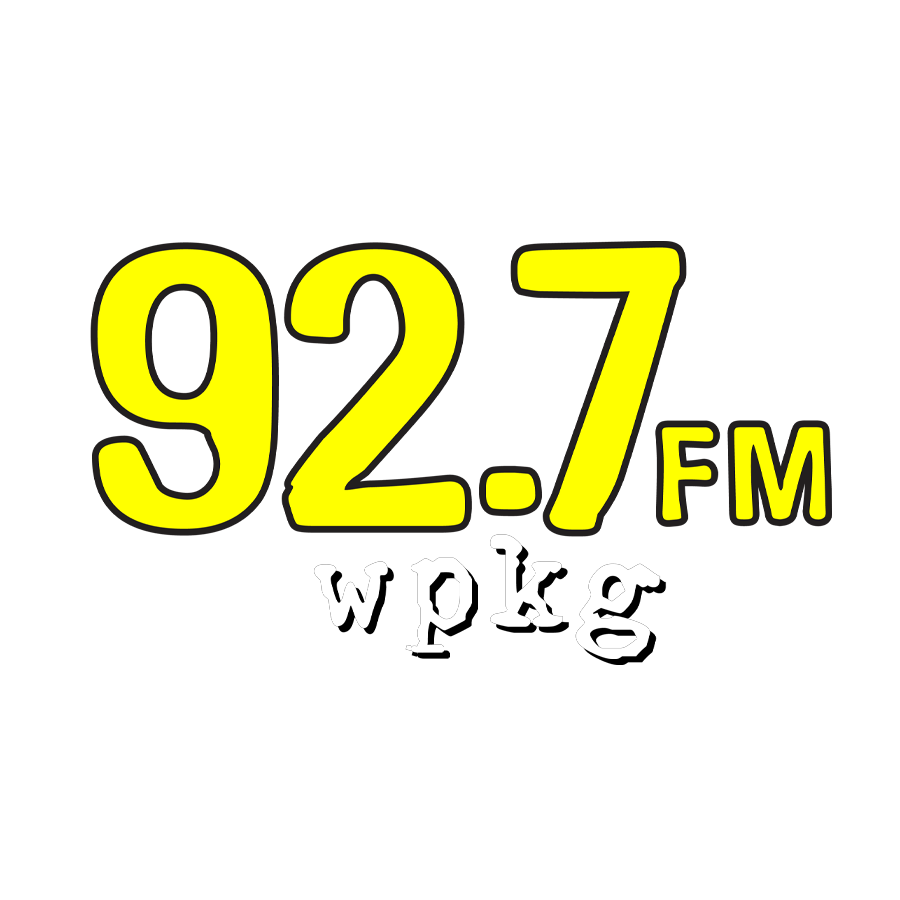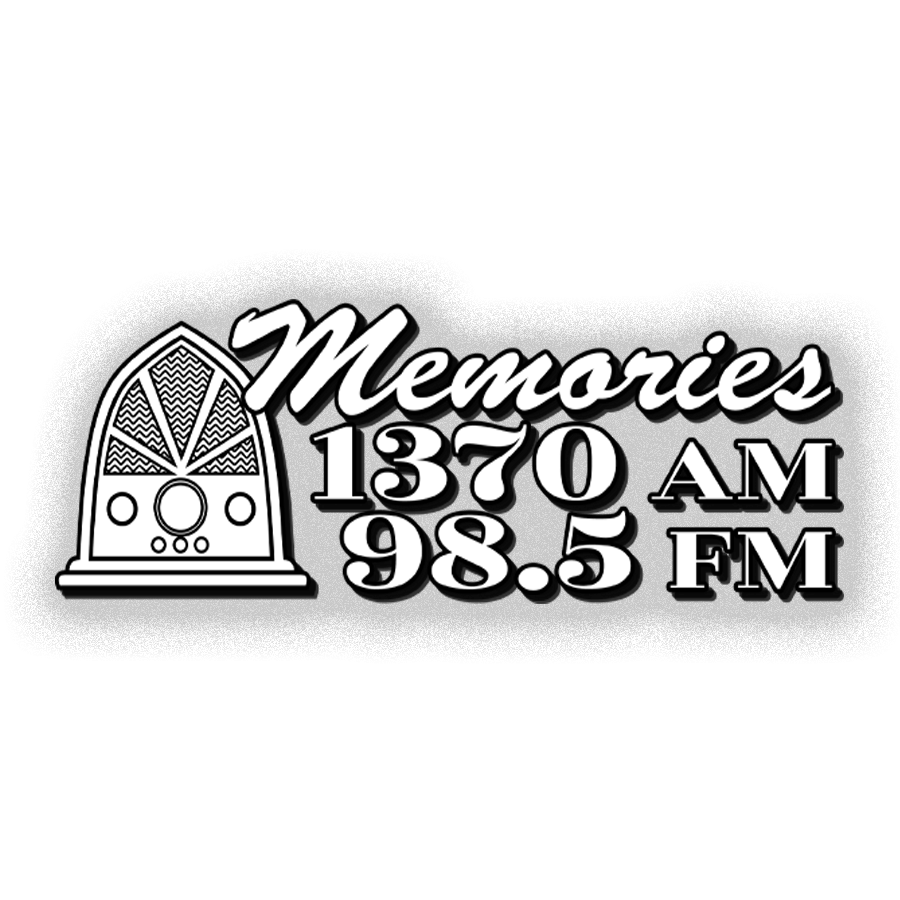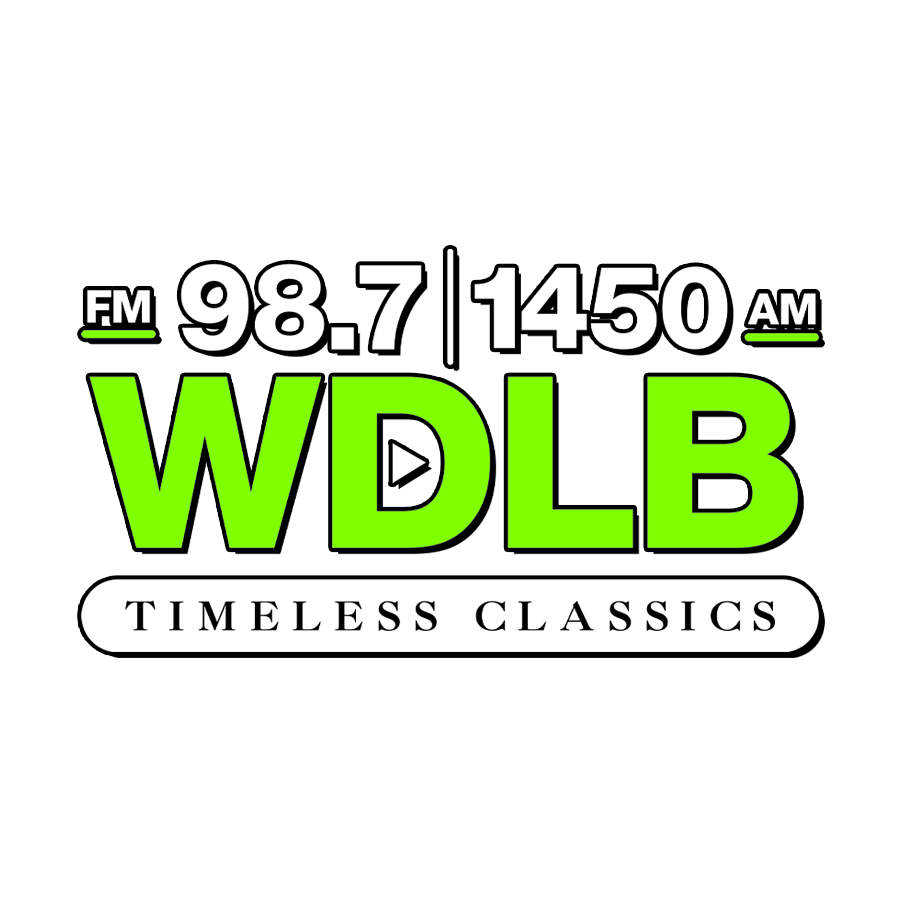Thrift Stories Asking Residents to Be More Careful With Donations
Thursday, May 20th, 2021 -- 9:02 AM
(AP) Broken furniture. Flashlights with leaking batteries. Disfigured Barbie dolls.
Across the country, thrift stores have been flooded by household items, the offerings of people who have been homebound for months and are eager to clear out some of their possessions. Problem is, too many such items could most accurately be described as trash.
Many of the donations are defective or worn-out items, gifts from well-intentioned people who want to reduce waste but who donate items that simply shouldn’t be donated.
The thrift stores, wary of discouraging donations, say that, as always, they welcome most contributions, especially after a recession that inflicted harm most heavily on the lowest-income Americans, many of whom now depend on them.
And they note that most of the items that arrive at their stores remain perfectly acceptable. But in the midst of spring cleaning season, the stores want to slow a barrage of unwanted contributions that increased during the COVID-19 pandemic.
For the thrift stores, such donations aren’t just a hassle to dispose of. They also magnify their garbage-disposal costs. The stores need time and staffing hours to process them.
The spikes in trash expenses can divert money away from other services the agencies could spend in their communities, like workforce development programs. In Wisconsin and Illinois, stores have reported an influx of flammable and hazardous donations, including lead acid batteries.
Those items increase the stores’ costs because they must be disposed of by a waste removal company in an environmentally friendly way, said Julie Deming, a merchandising director at Goodwill Industries of Southeastern Wisconsin, which operates 100 Goodwill stores in southeastern Wisconsin and the Chicago metro area.
Feel free to contact us with questions and/or comments.




